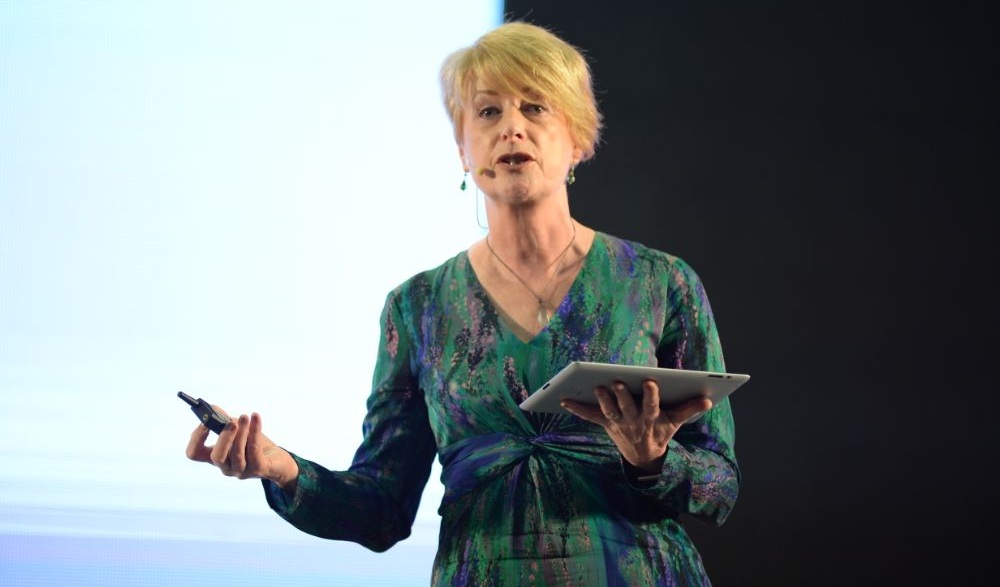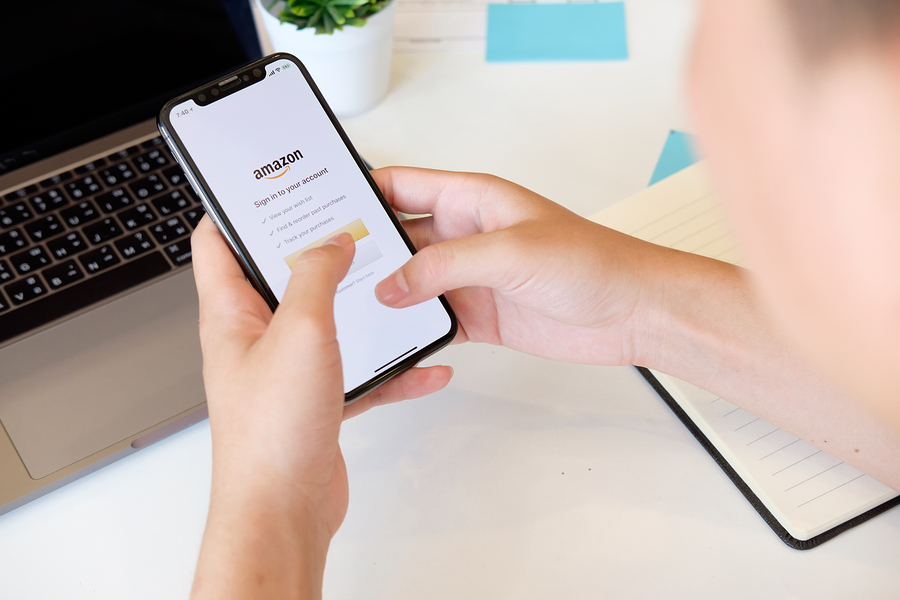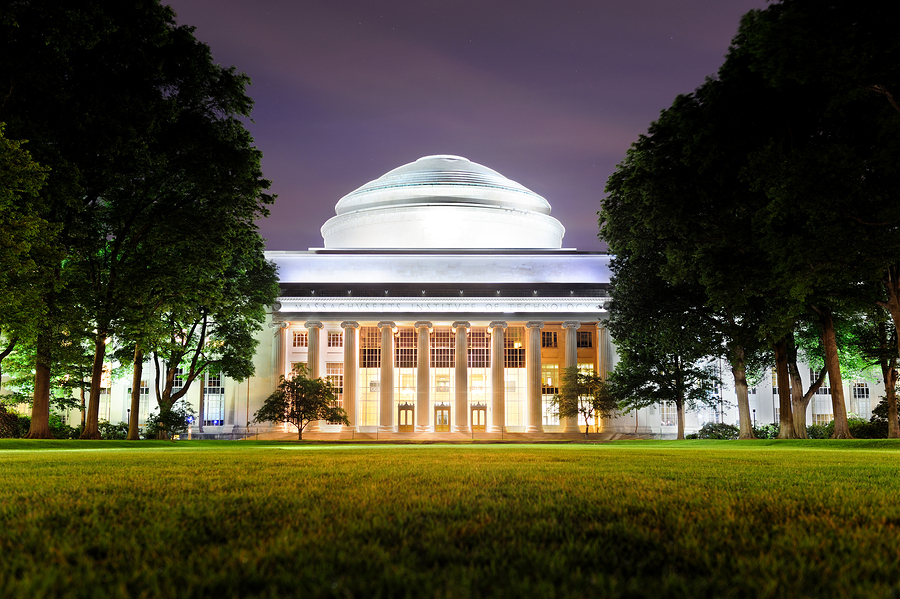For personalized education to work, 1:1 interaction with students is necessary but, what happens when the classroom has 30 students or more?
Photo: Bigstock
For personalized education to work, 1:1 interaction with students is necessary but, what happens when the classroom has 30 students or more?
The traditional educational system needs to upgrade to a student-centered which means it is necessary for the teacher to have the time to approach each student individually, adapt to their individual needs and assess their achievements.
Luckily, artificial intelligence is here to help.
Adaptive software came to support personalized learning.
Adaptive programs provide schools with personalized education for each student through content, assessment, and sequencing. It can even give an exam or identify when the student needs to improve specific skills and adapt the content of the curriculum.
In a traditional teaching setting, the educators gave the instructions and expected all students to be at the same pace and did not give extra time to students who had more problem with the subject. With the adaptive programs, answers are analyzed in real time, and instructions change according to the results, allowing the students work at their own pace.
By customizing teaching, the systems also provide teachers with information about the progress of each student as they are continually monitoring and analyzing their results which allows educators to know if the students understand the class and who needs extra support.
This article from Observatory of the Institute for the Future of Education may be shared under the terms of the license CC BY-NC-SA 4.0 
)
)











)
Paulette Delgado
Paulette Delgado
Paulette Delgado